
Different cycling clothing for men every season
We prefer to cycle all year round! You too? Nothing can ruin a perfect bike ride faster than not being properly dressed for the weather. The right combination of clothing can make all the difference in your driving pleasure. We've listed some basic tips for you on what to wear when it's hot or cool, or even freezing, so you don't sweat or shiver too much!
Cycling in hot weather (over 20°C)
On warm, sultry days, wear lightweight and light-colored clothing. Lightweight cycling clothing allows the air to flow well through the material and does not retain body heat. Men who like cycling clothing want to look good, so cool fabric is important. Perhaps an open door, but light colors reflect sunlight and prevent clothing from absorbing heat.
Cycling shorts for men
Cycling shorts with padding that are specially made for the bicycle saddle give you the most comfort while cycling. The stretchy and flexible fabric of cycling bibs for men is designed to provide maximum freedom of movement. The built-in padding provides cushioning, eliminates friction and reduces moisture. Cycling shorts from Acelera consist of a combination of Italian polyester and elastane. These pants are ideal for staying cooler on hot days.
Cycling jersey for men
A moisture-wicking cycling jersey with short sleeves is also a good choice on a hot day. Consider one with back pockets for easy access to snacks, money, and your cell phone. A zip-front cycling jersey can be unzipped to help you cool down. The cycling jerseys for men from Acelera are made of extra breathable material that helps you to cool down and sit comfortably.
Cycling socks
Prevent blisters with the right cycling socks. The right cycling socks consist of polyester or nylon. This material hardly retains moisture and therefore wicks away sweat well. Also, wear the right size socks. Socks that are too big can slide, and socks that are too tight can pinch the foot.
Cycling gloves
In hot weather, gloves with cut fingers are great for moisture absorption, so your hands don't slide off from excess sweat on your handlebars.
Driving in cool weather (between 10°C and 18°C)
Swap the short-sleeve jersey for a non-insulated long-sleeve jersey. Consider arm and leg warmers, which you can always take off if you get too hot. Wear thin gloves with full fingers, a windproof vest and a thermal headband.
Driving in cold weather (between 1°C and 10°C)
When it's cold, you'll want to layer your clothes. It is important to protect your head, neck and core as well as your extremities (arms, hands, legs and feet). There are three layers: base, intermediate layer and outer layer. Each layer serves a different purpose. Base layer - this layer is designed to draw moisture away from the skin. Moisture-wicking clothing prevents the other layers from getting wet and helps regulate body temperature. Mid layer - this layer works in tandem with the base layer to help moisture evaporate. It insulates between the base layer and the outer layer. Outer layer - this layer protects you from the elements, such as wind or rain. The outer layer of clothing should be breathable so that the other layers can wick away moisture.
Driving in very cold weather (below 0°C)
When the temperature drops, a new danger arises on the roads: ice and snow. Some choose not to take the risk and hang up their bikes before the freezing season, but with the right preparation you can keep riding all winter long. Read more in our blog about winter driving.


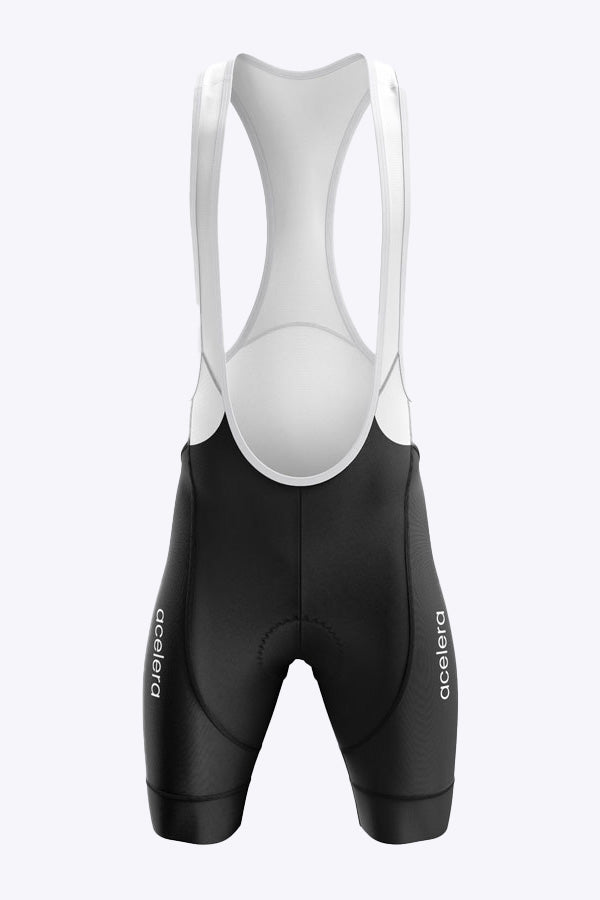

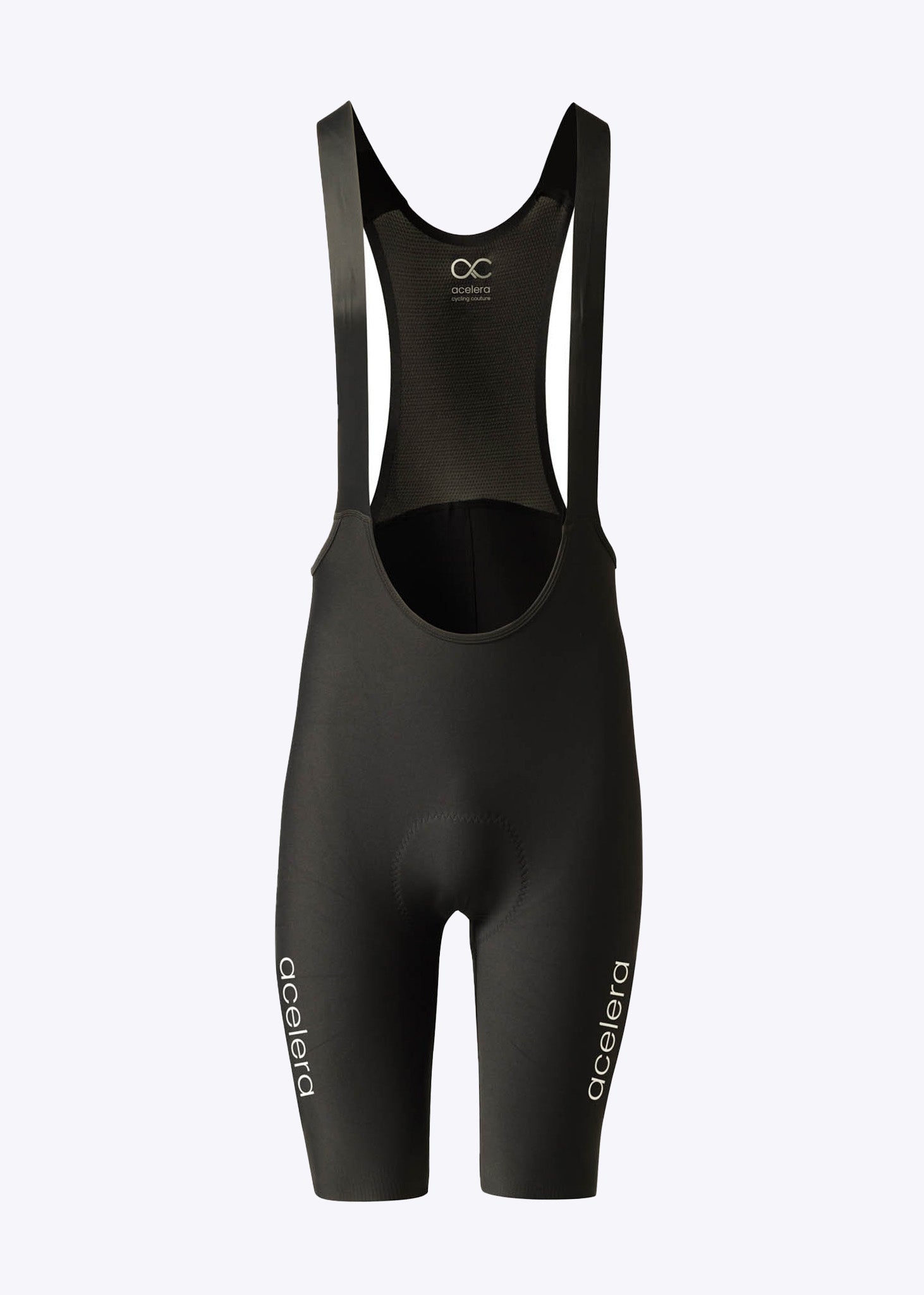
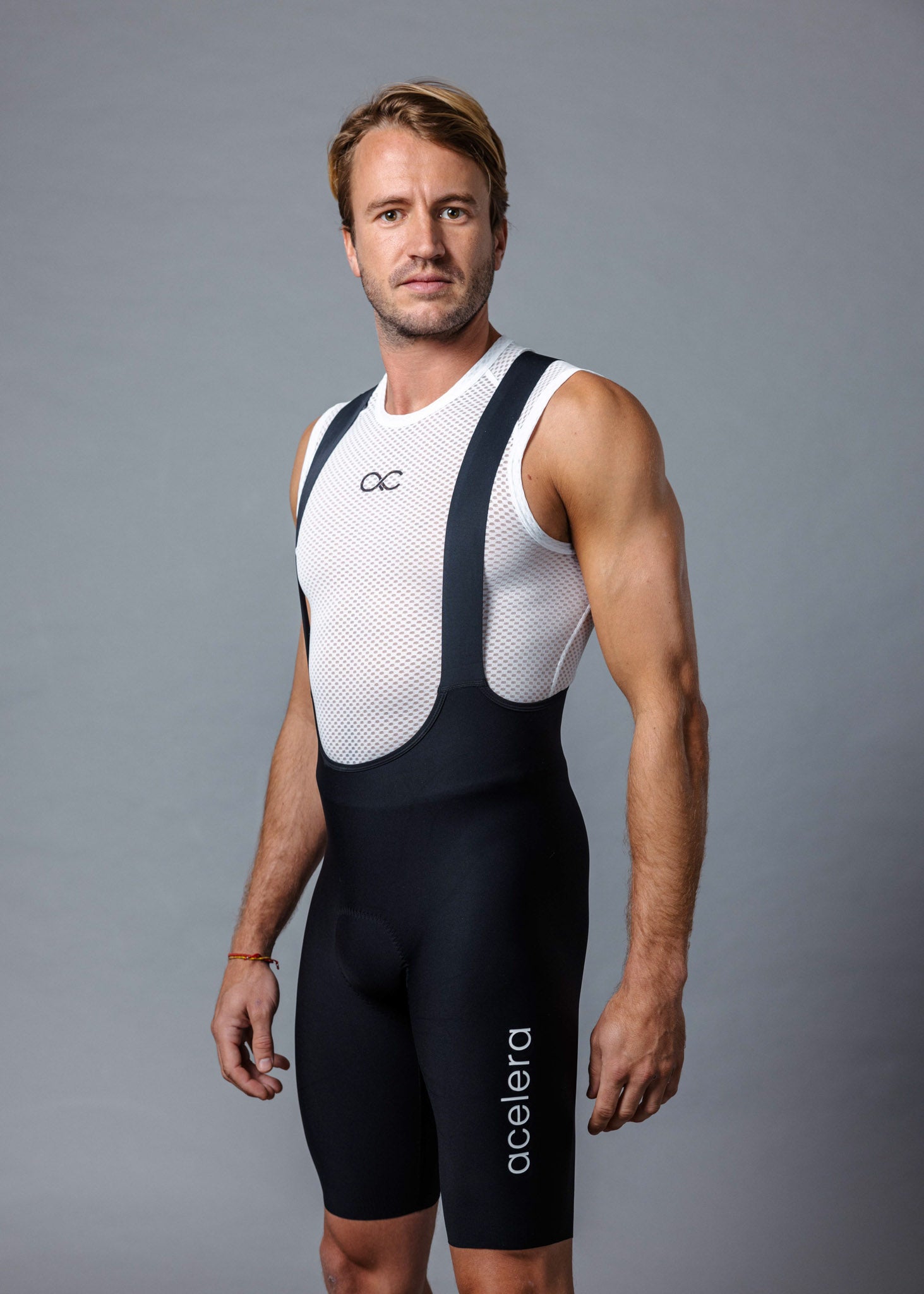
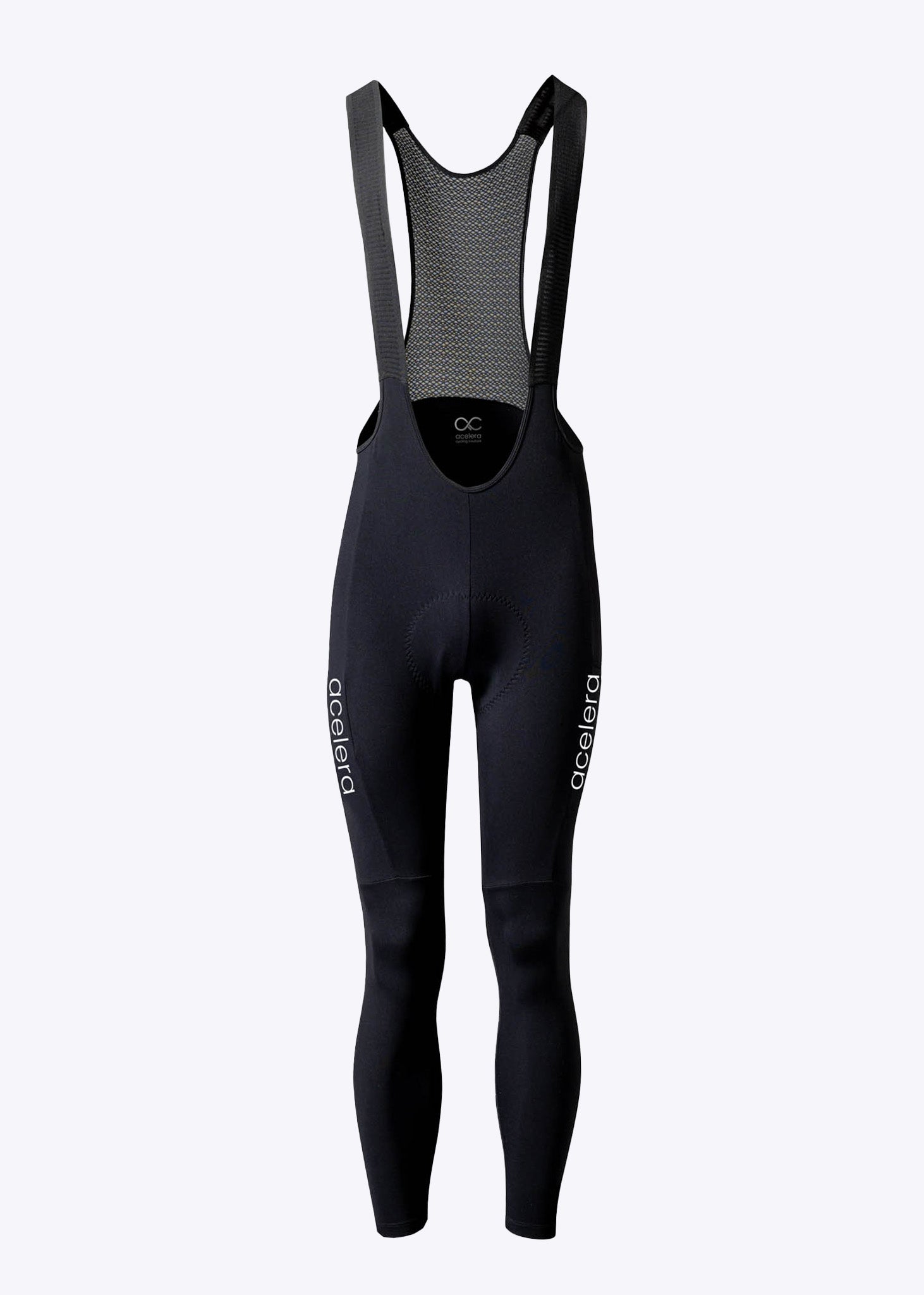
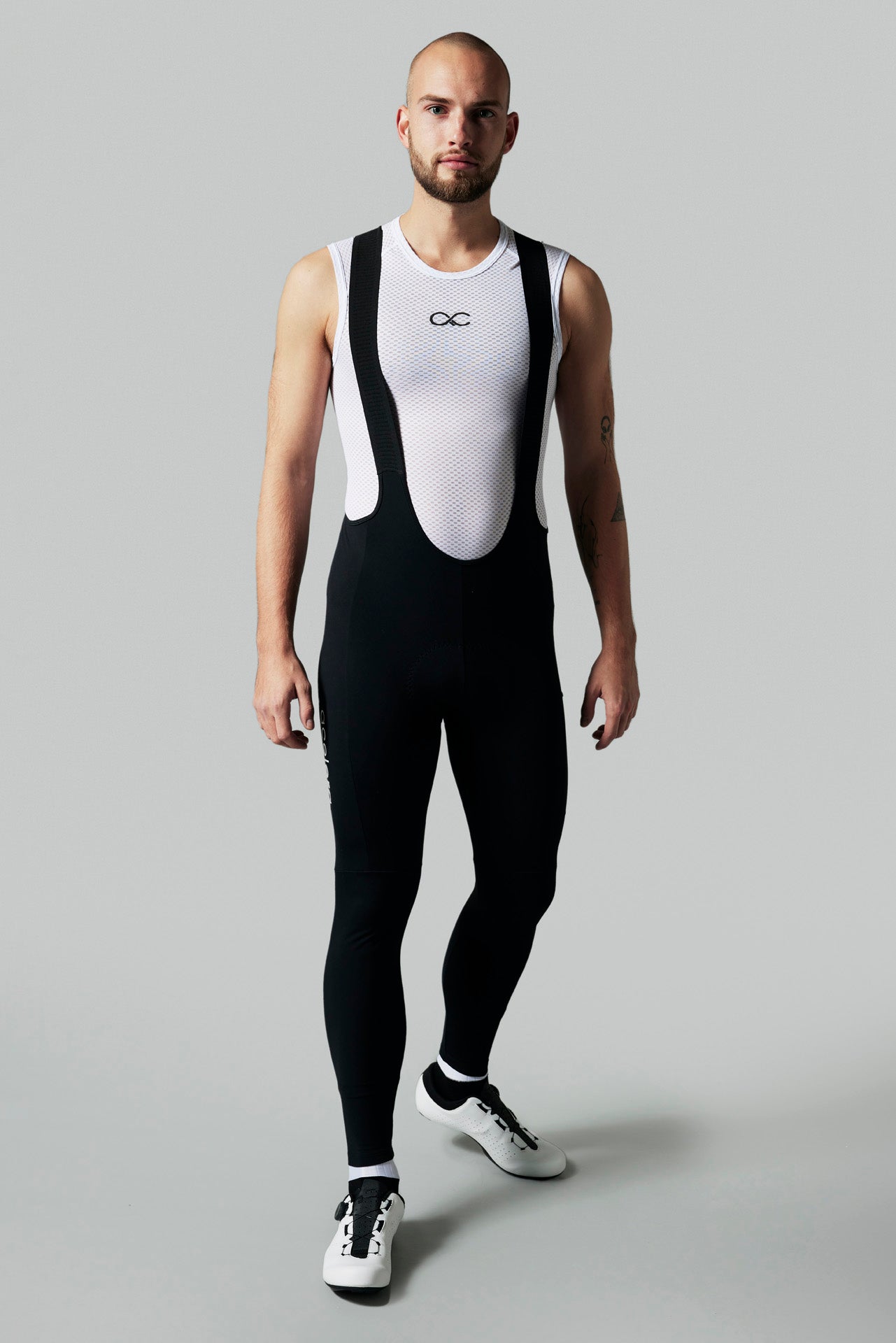
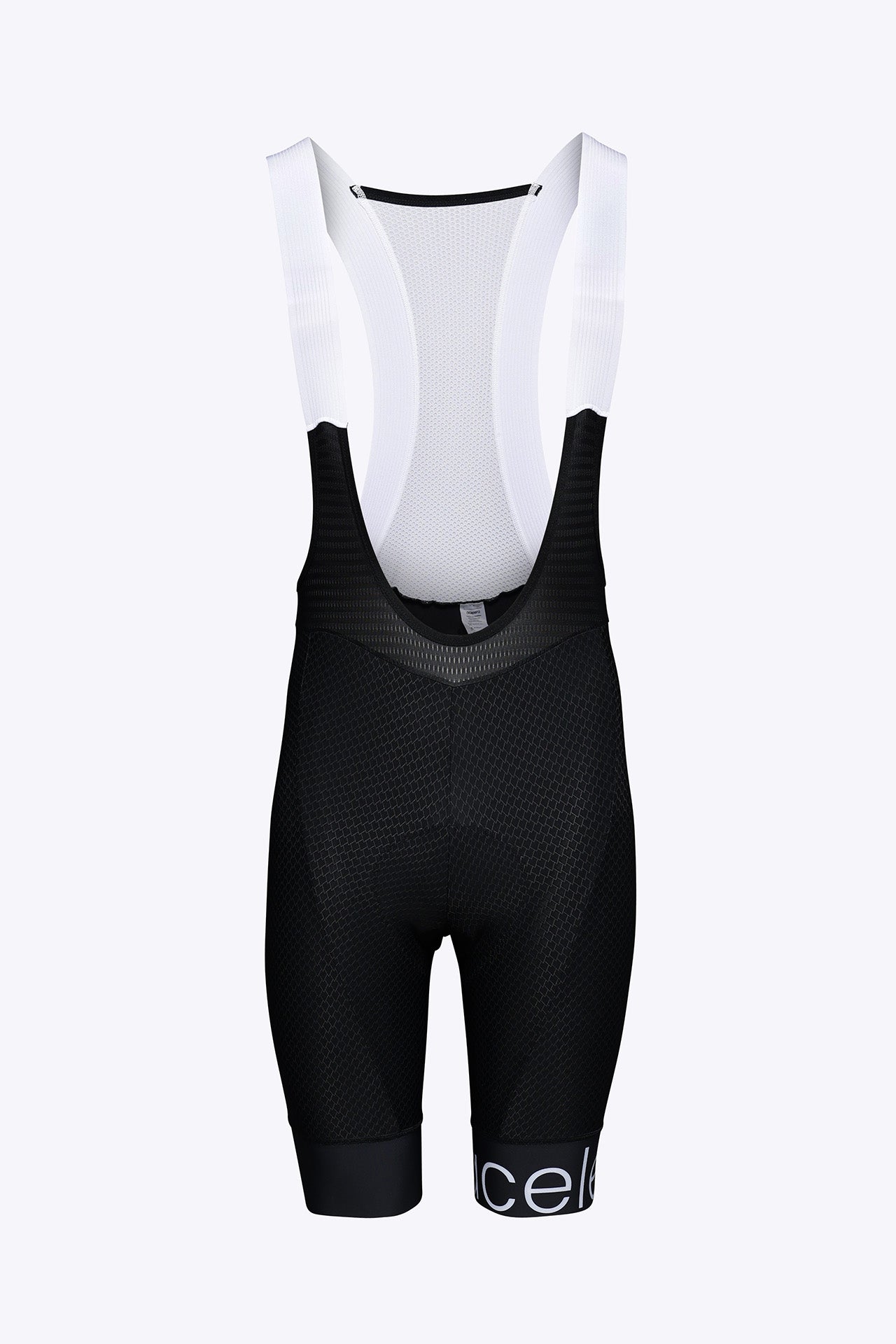
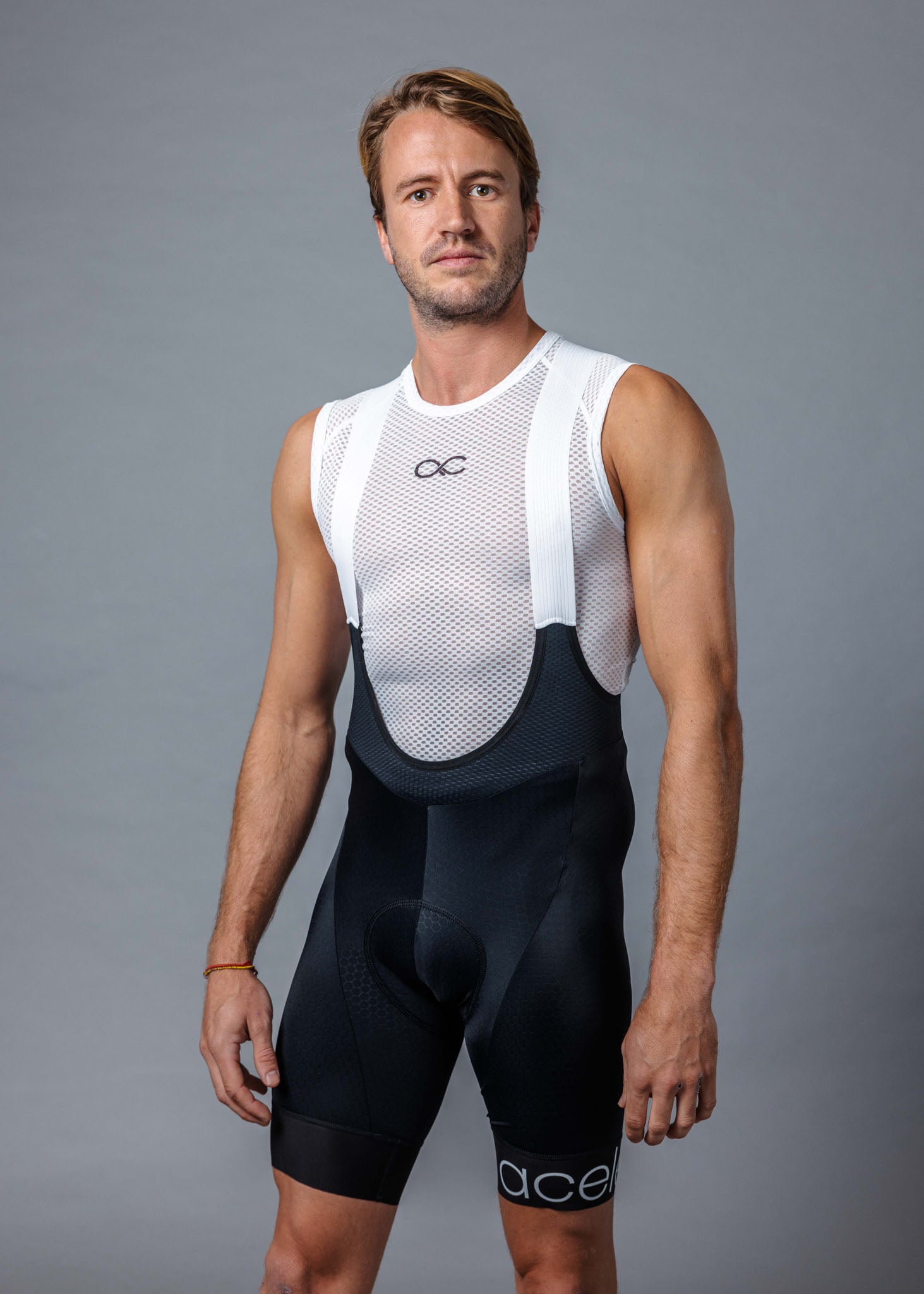
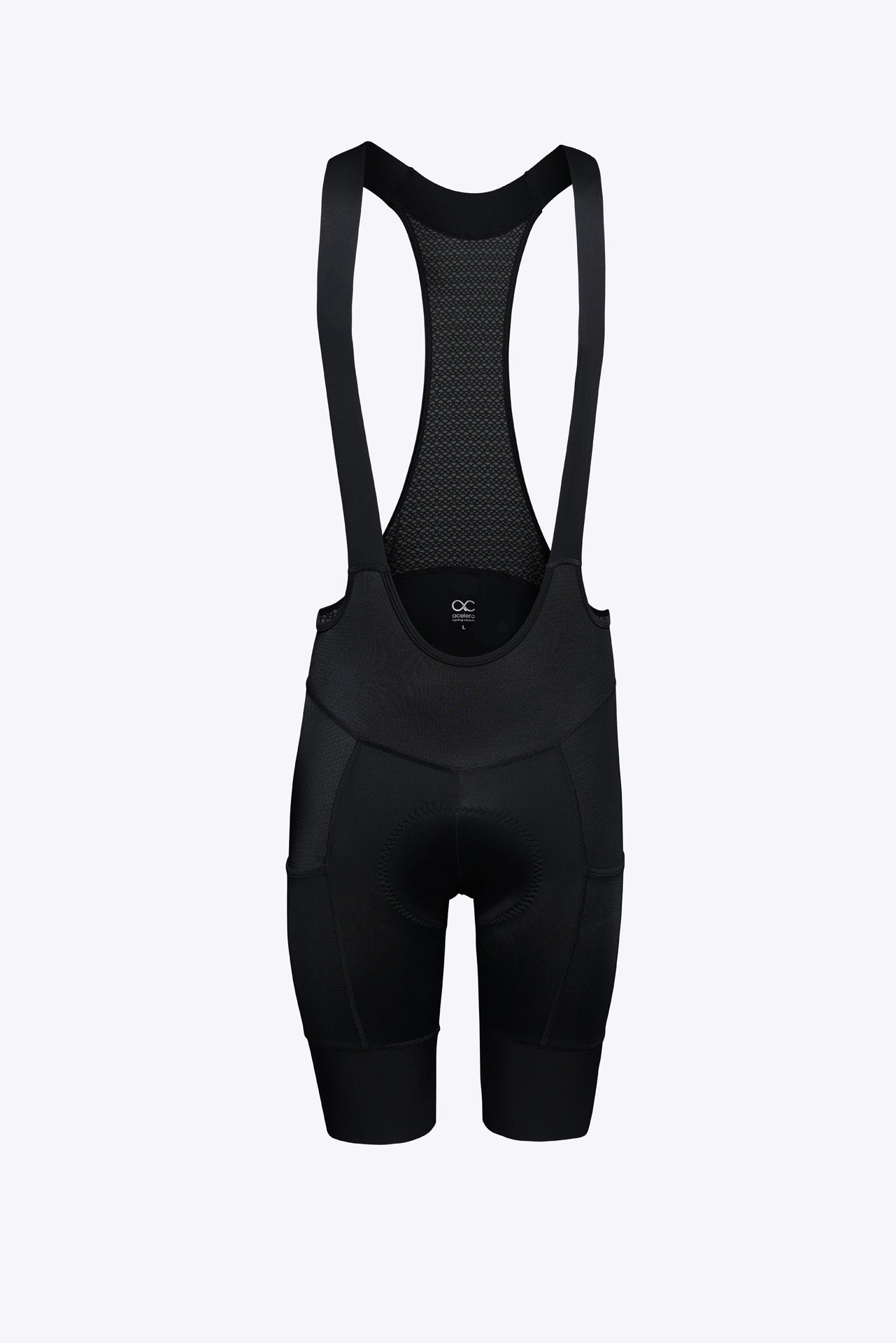
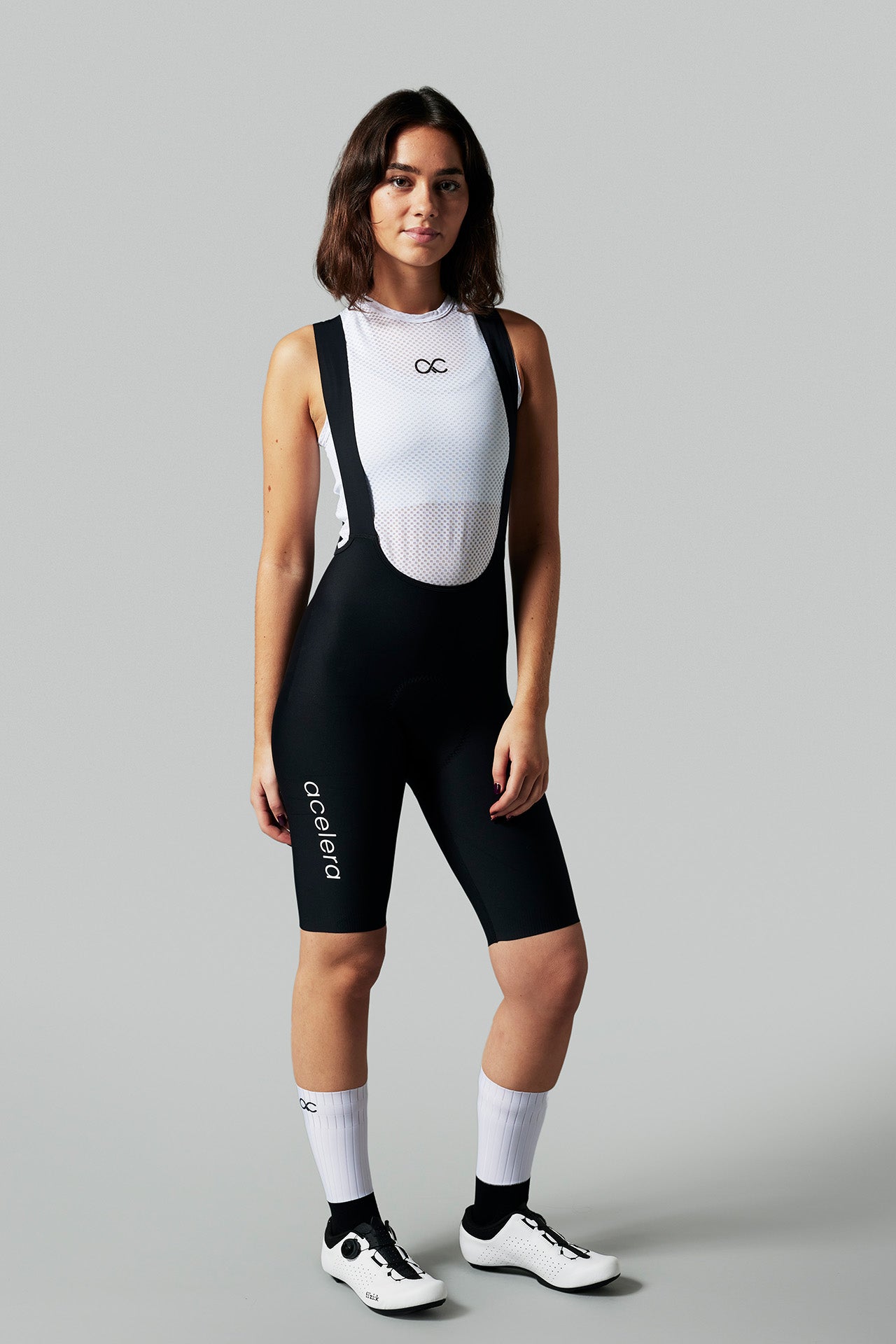
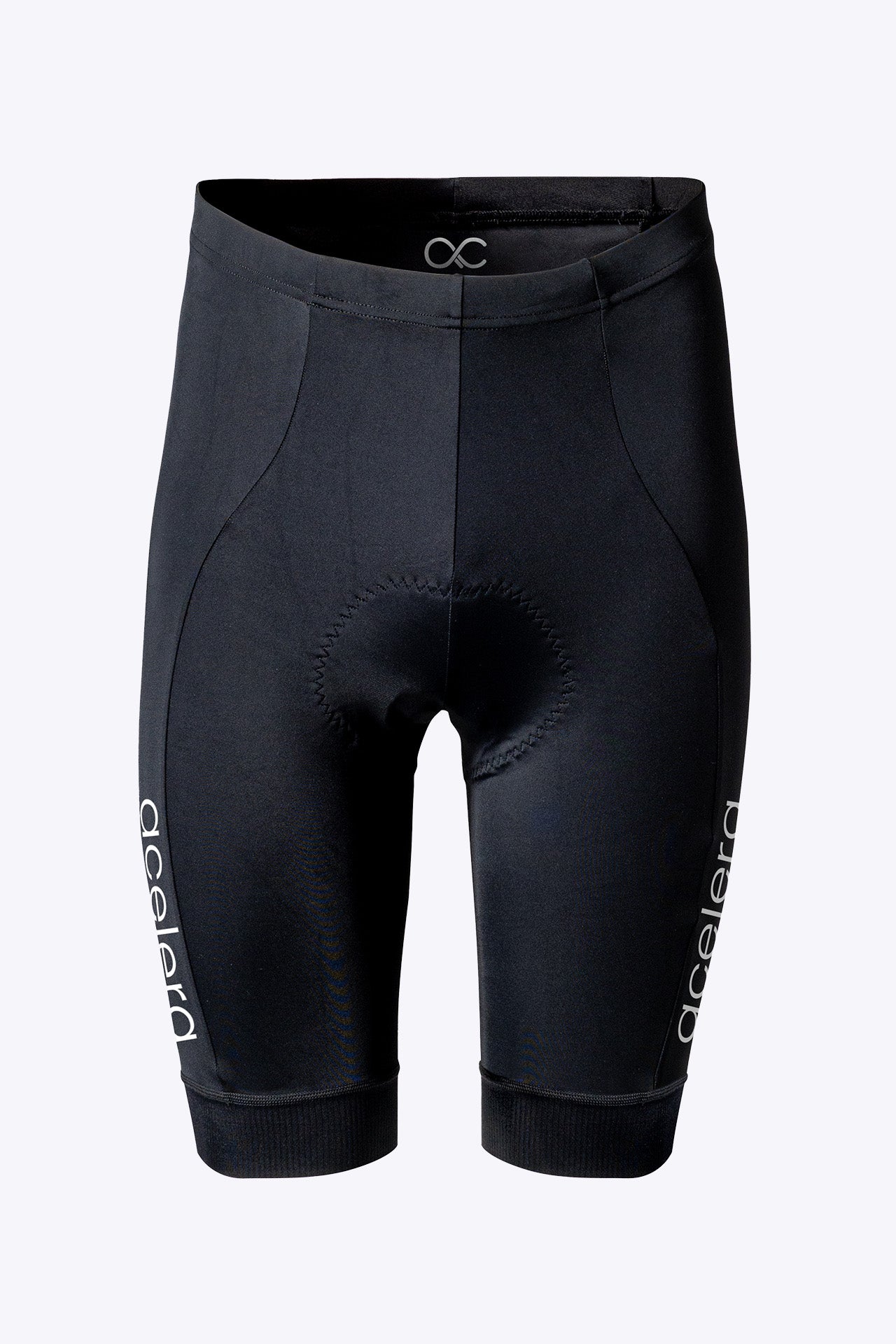

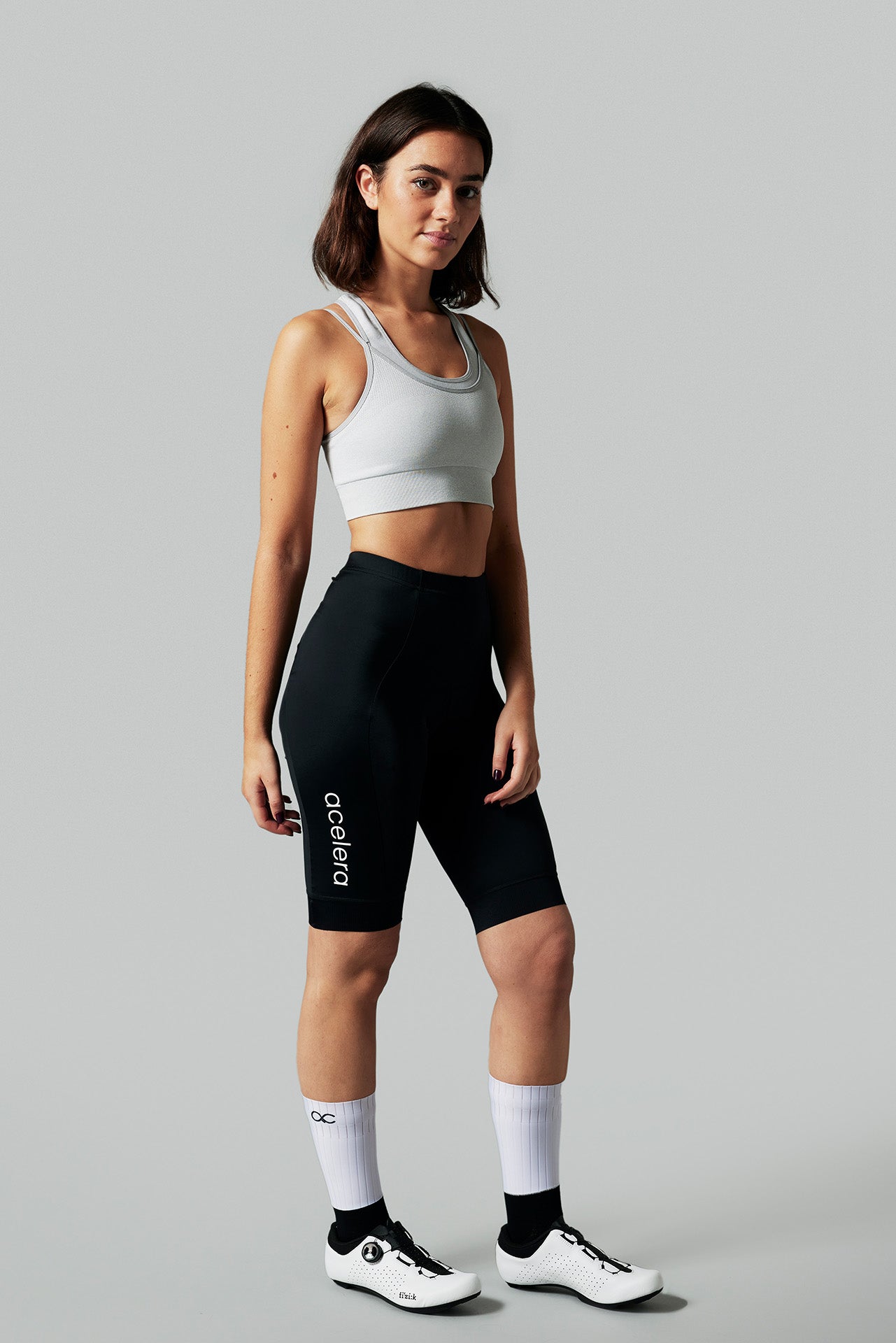
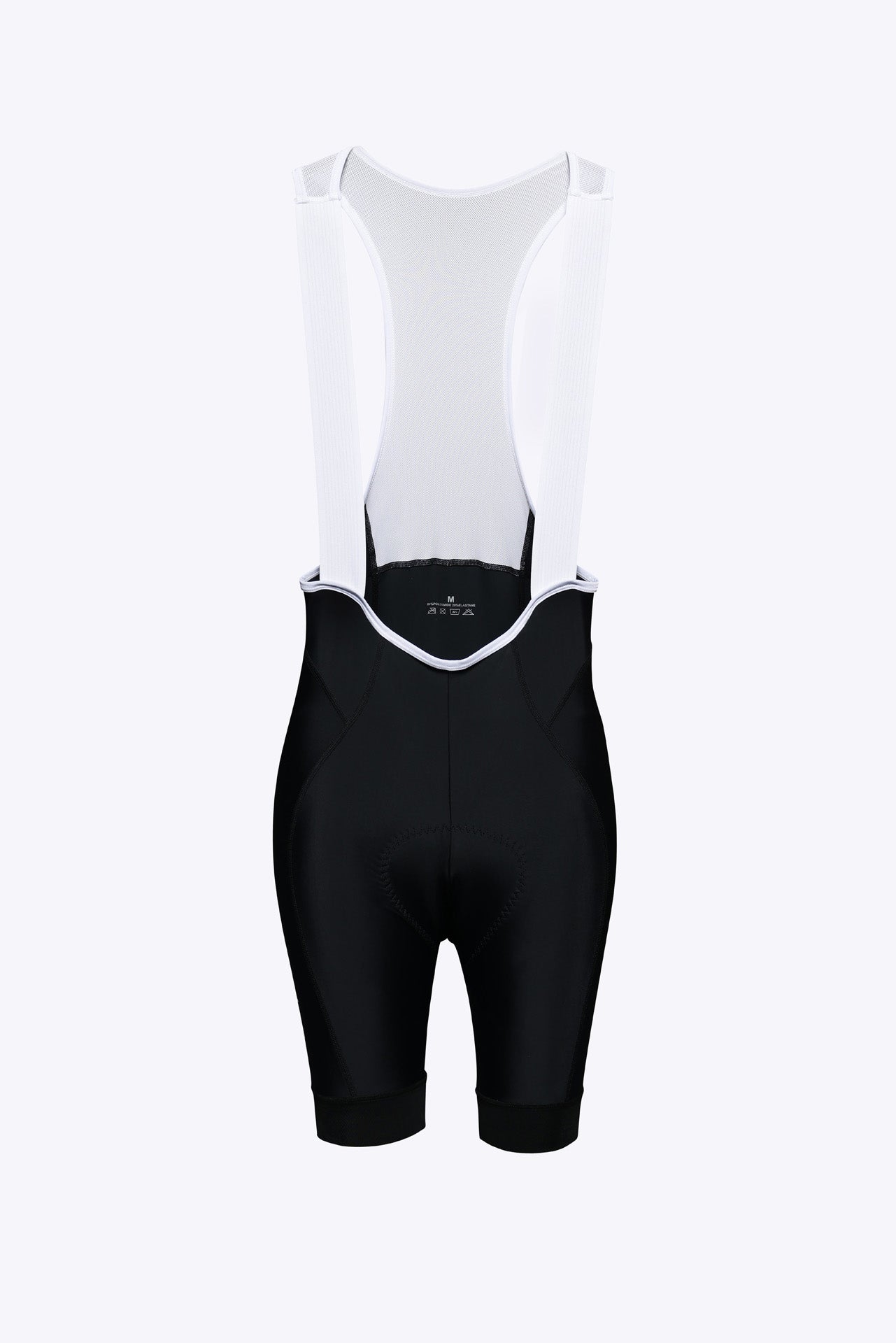
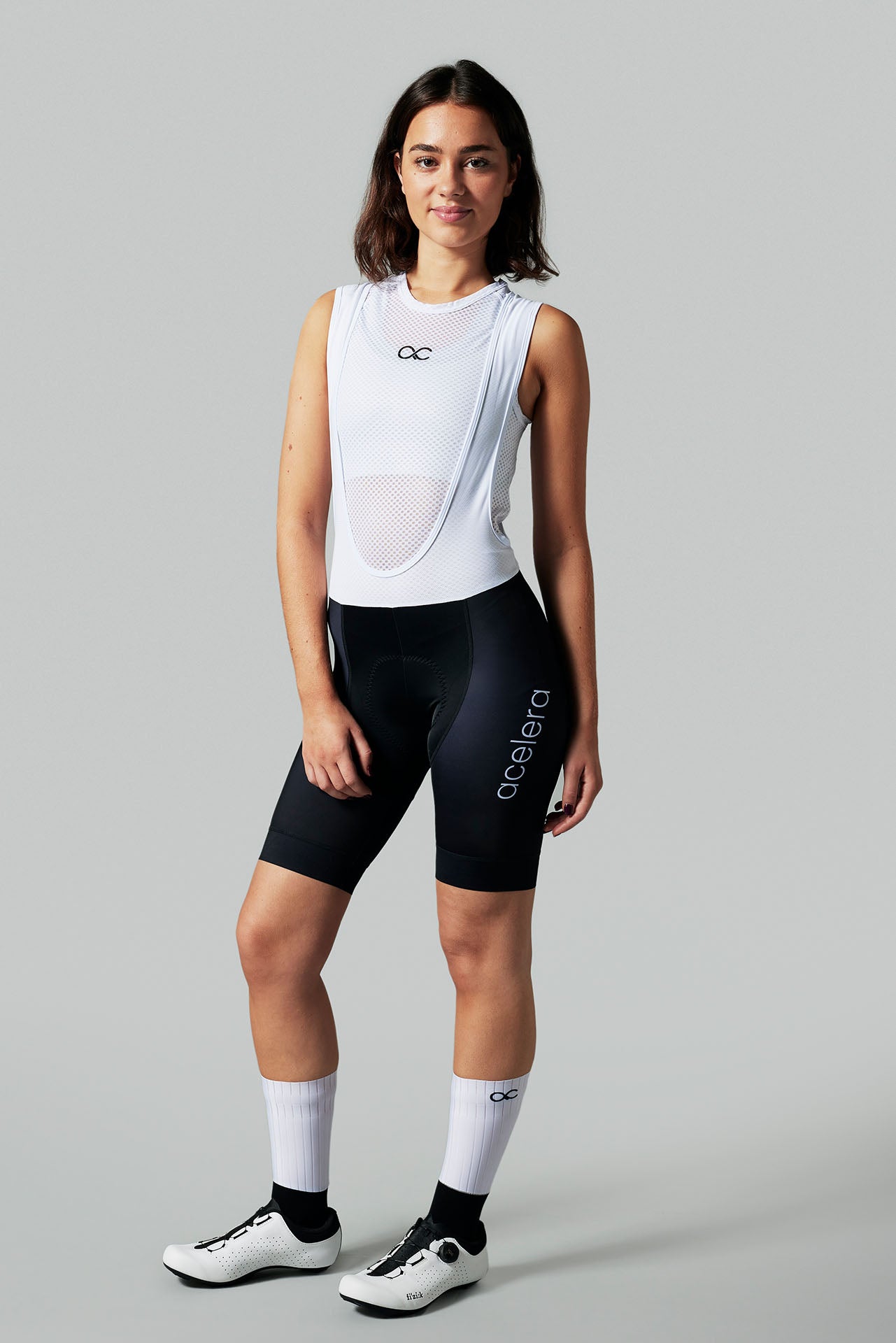
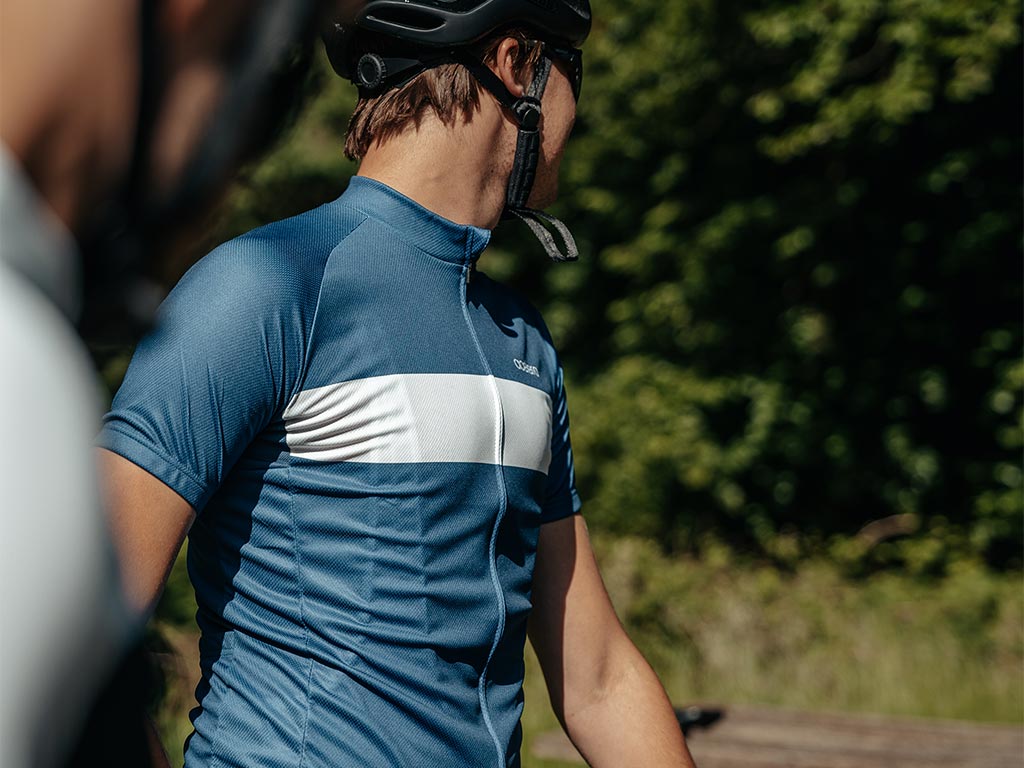
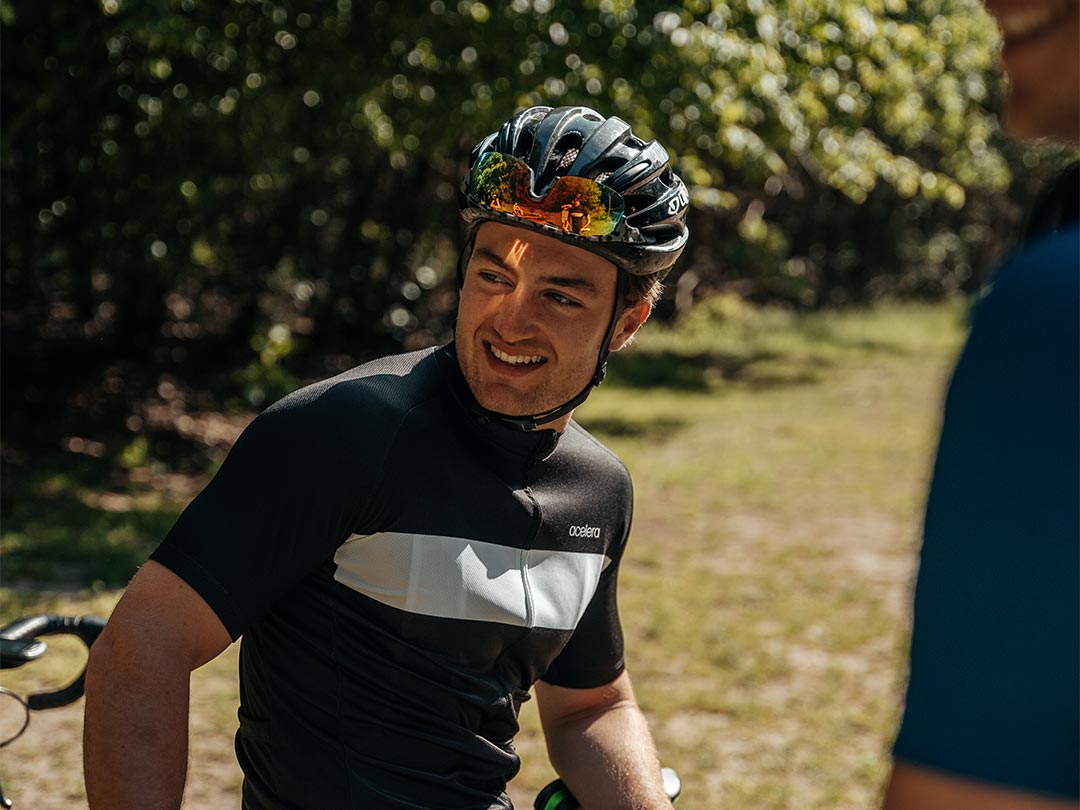
Leave a comment
This site is protected by hCaptcha and the hCaptcha Privacy Policy and Terms of Service apply.